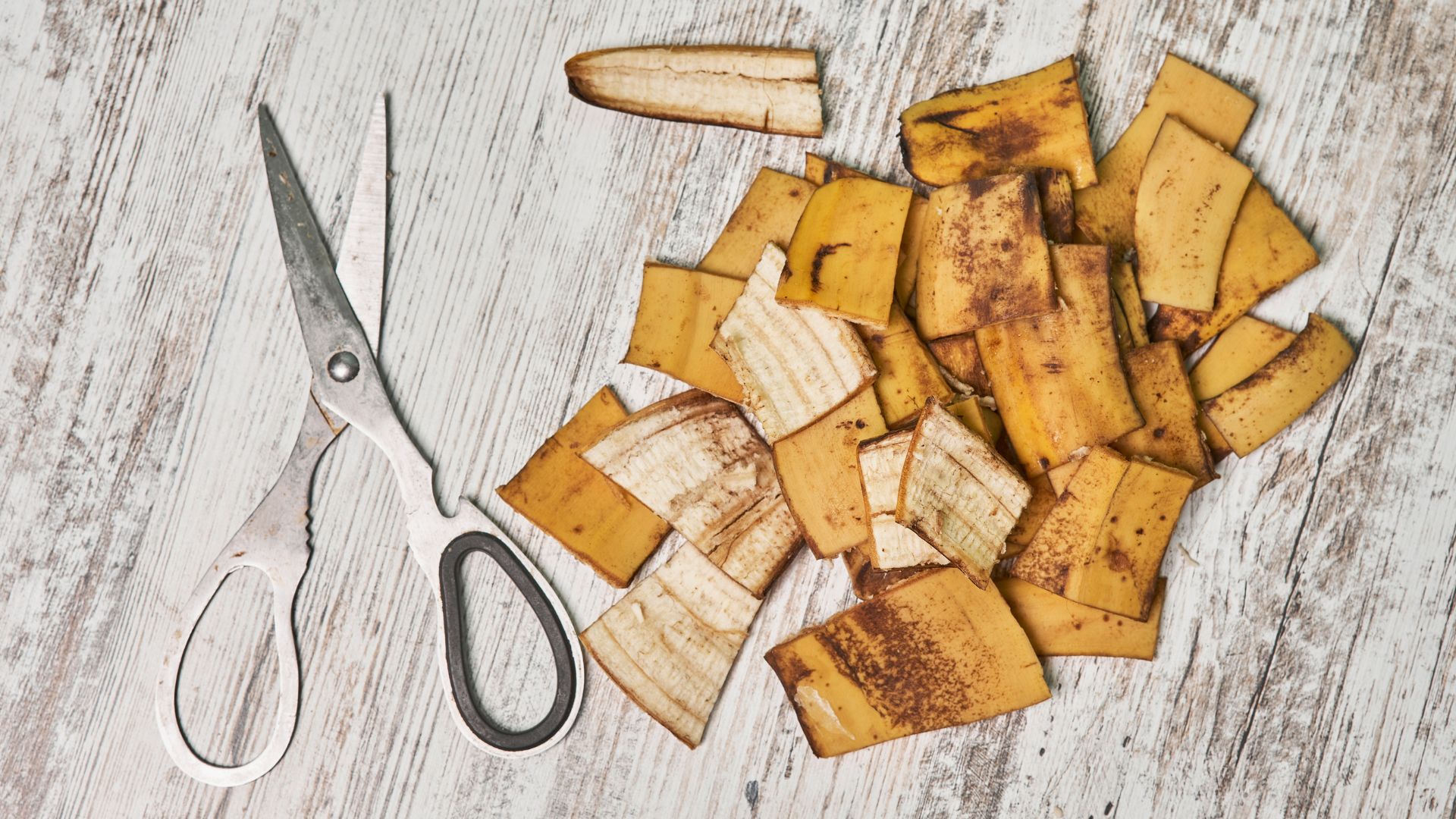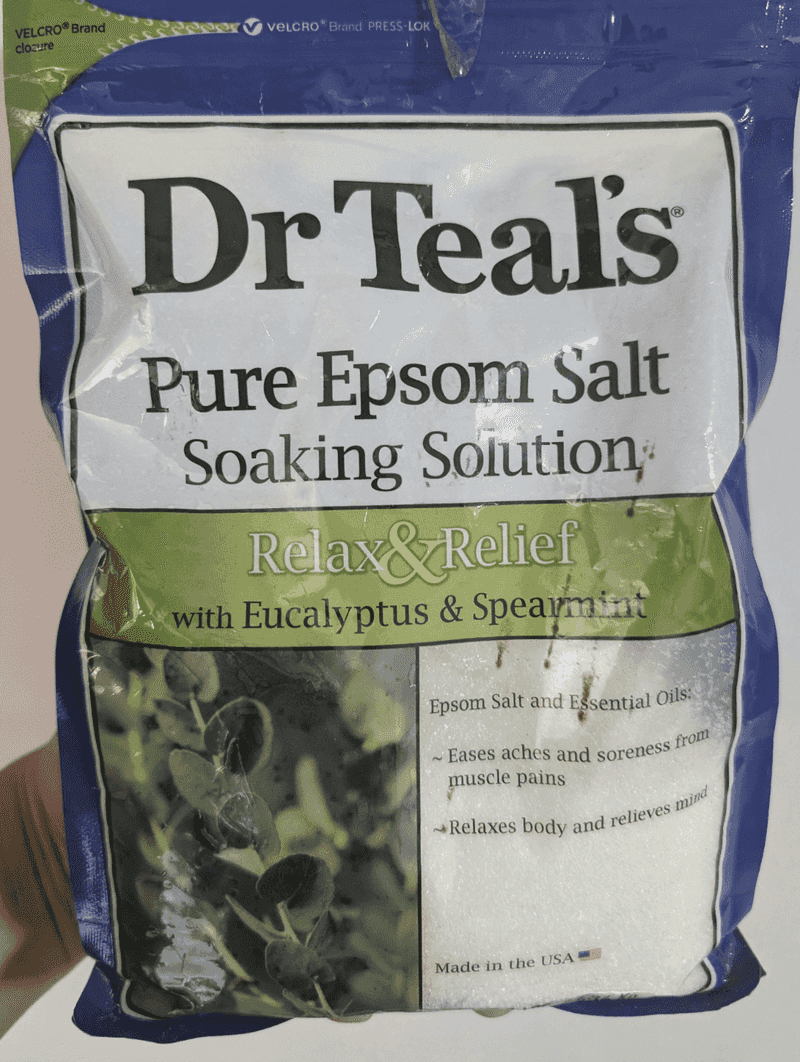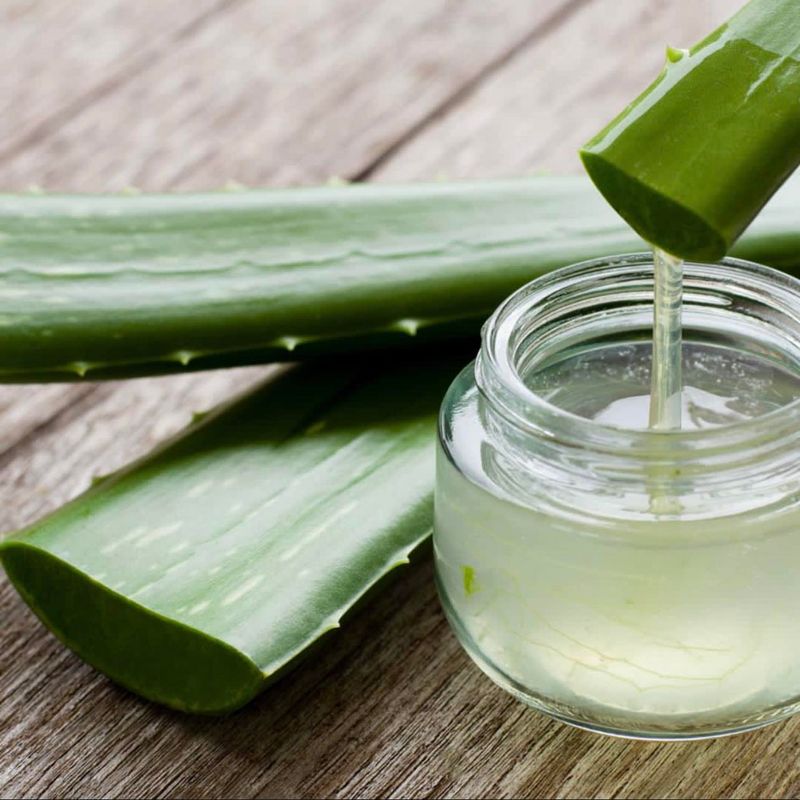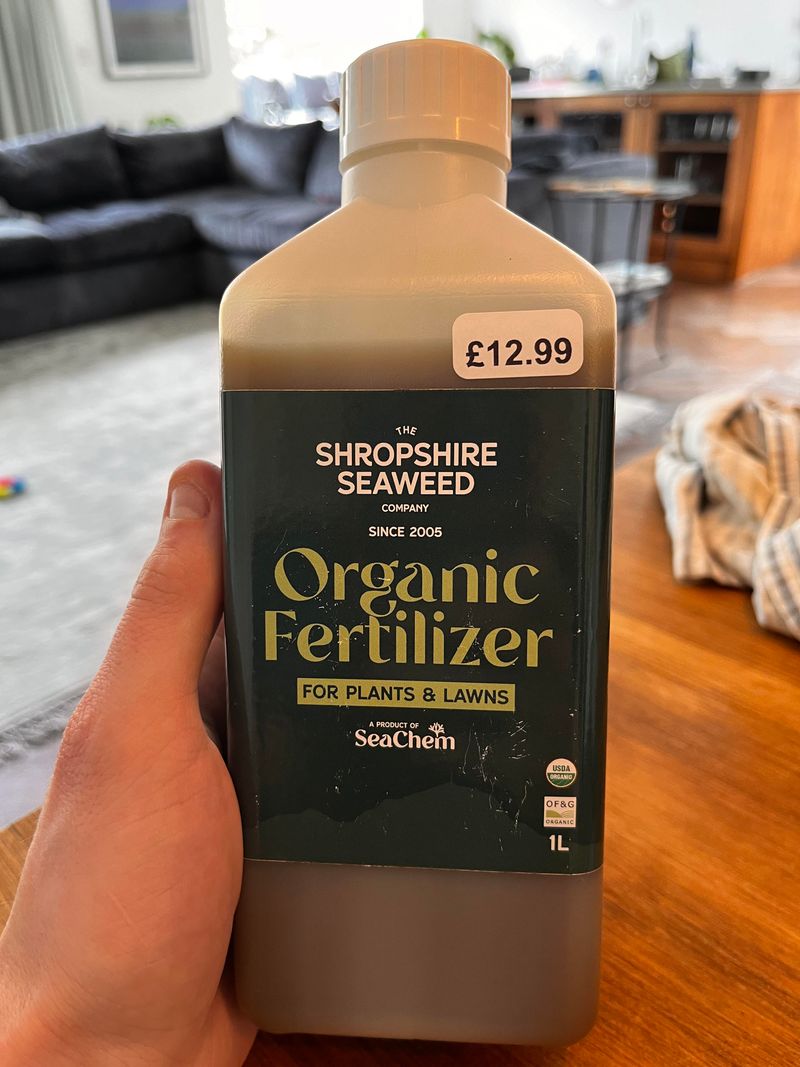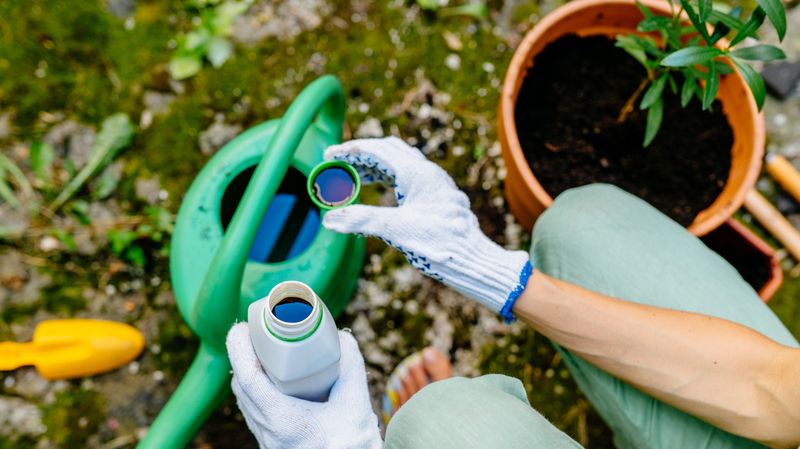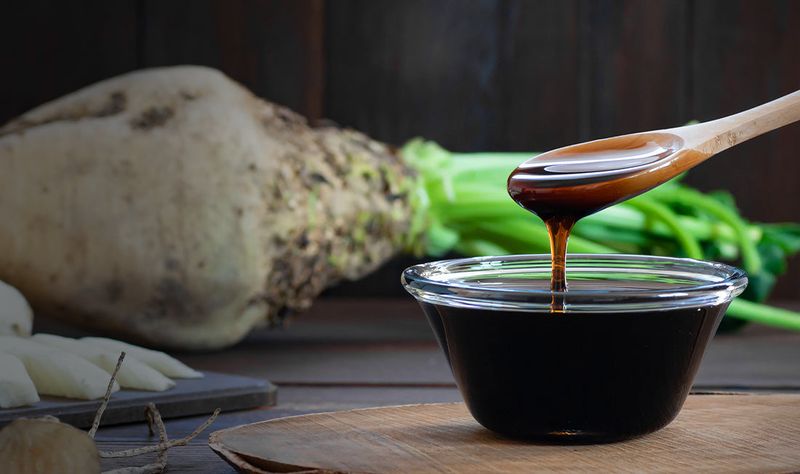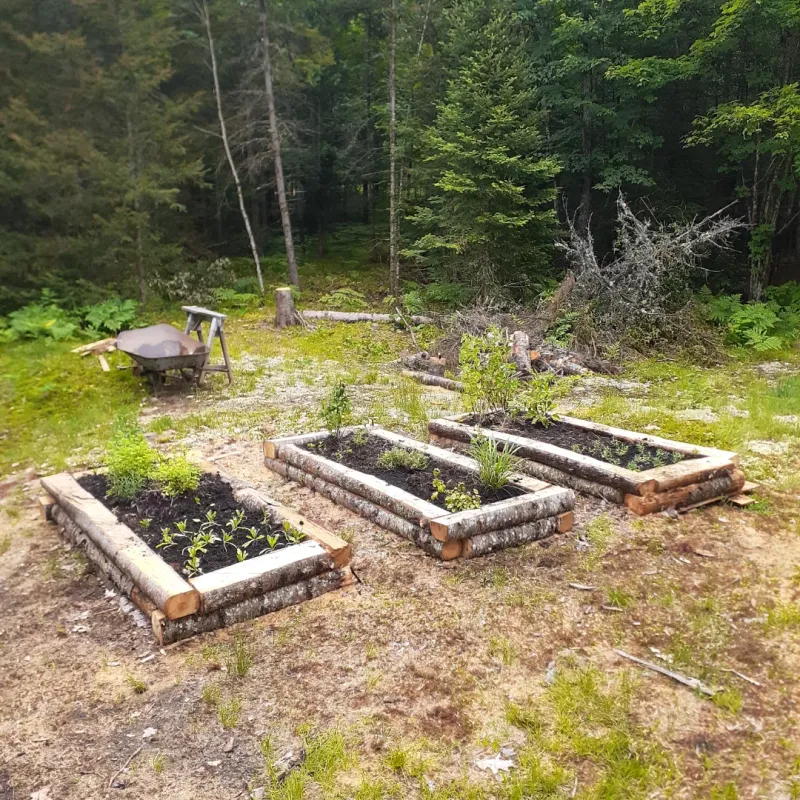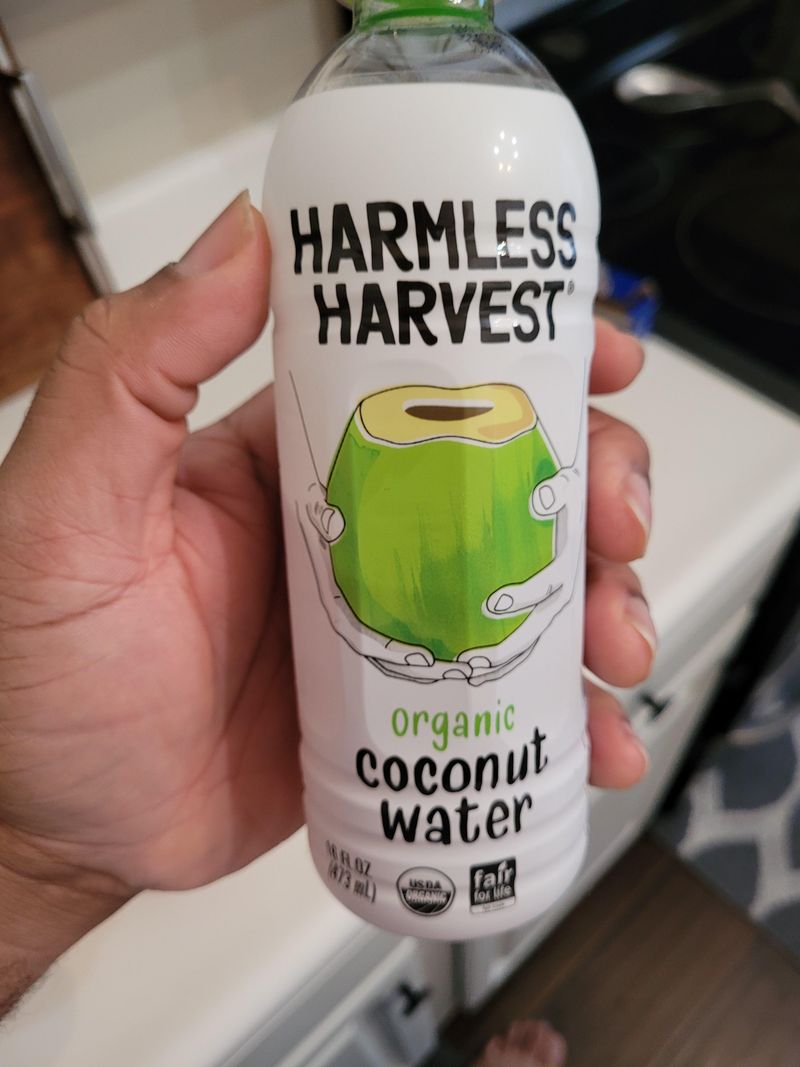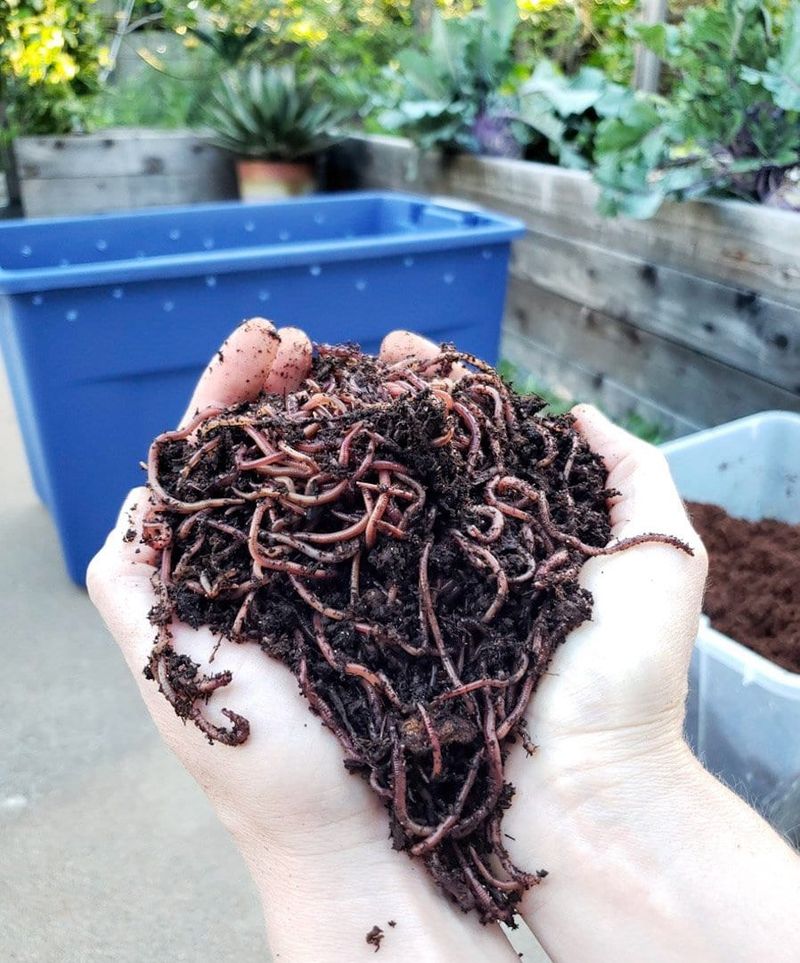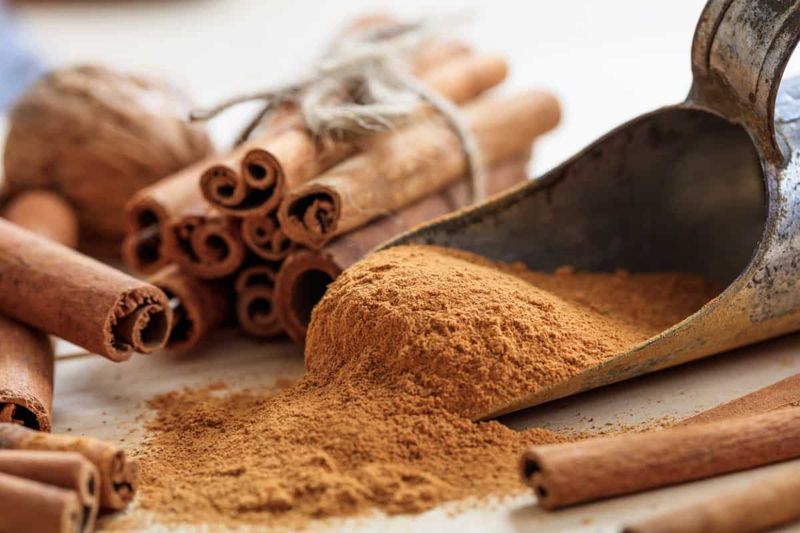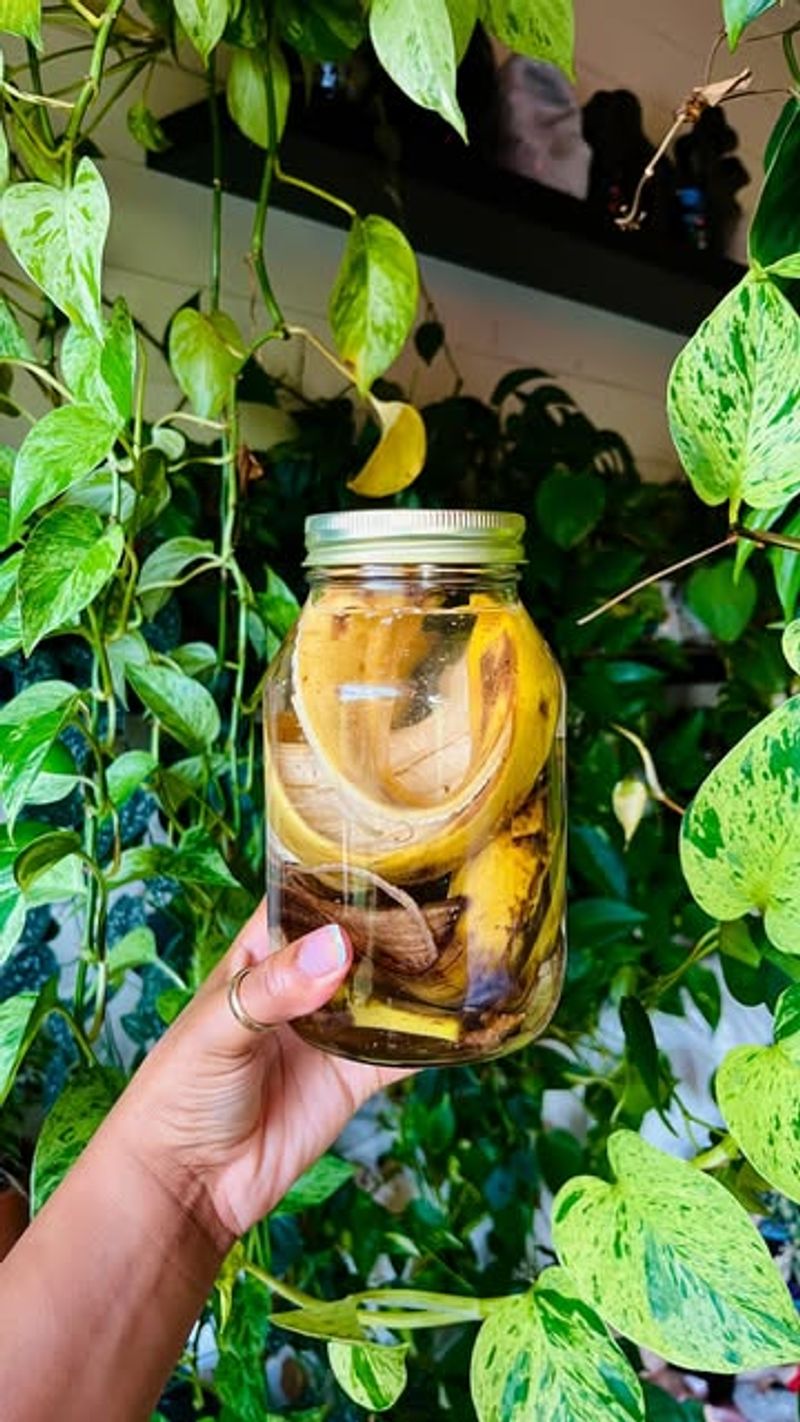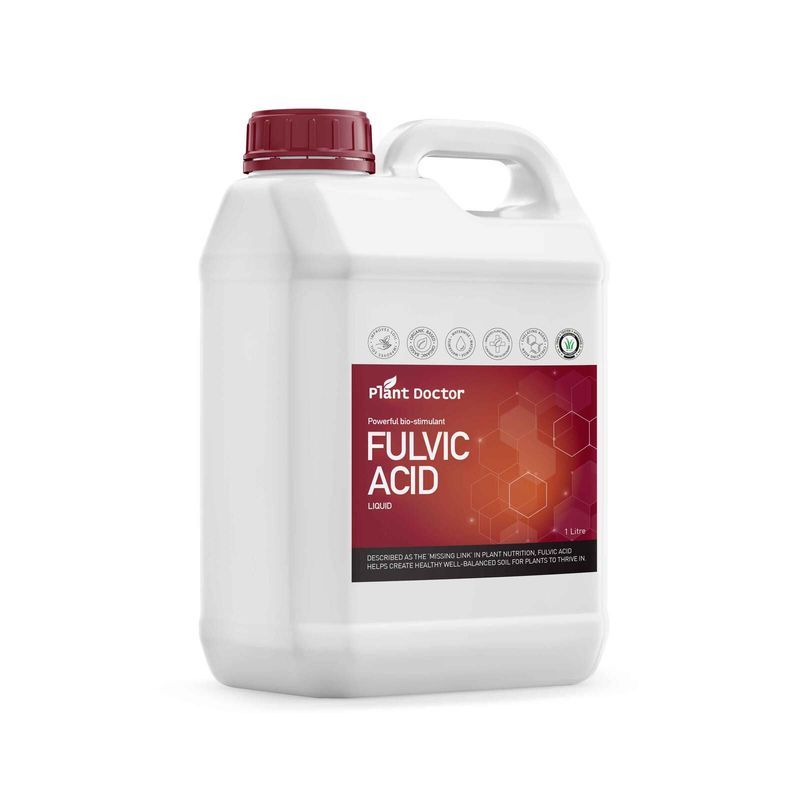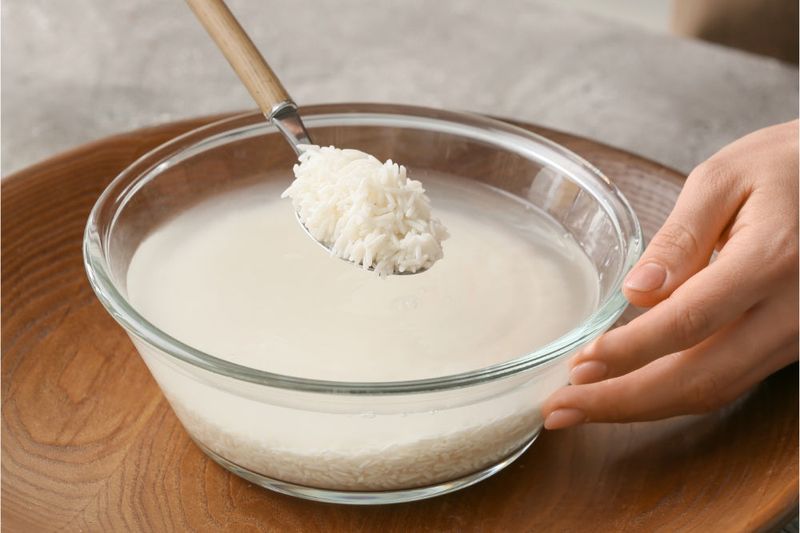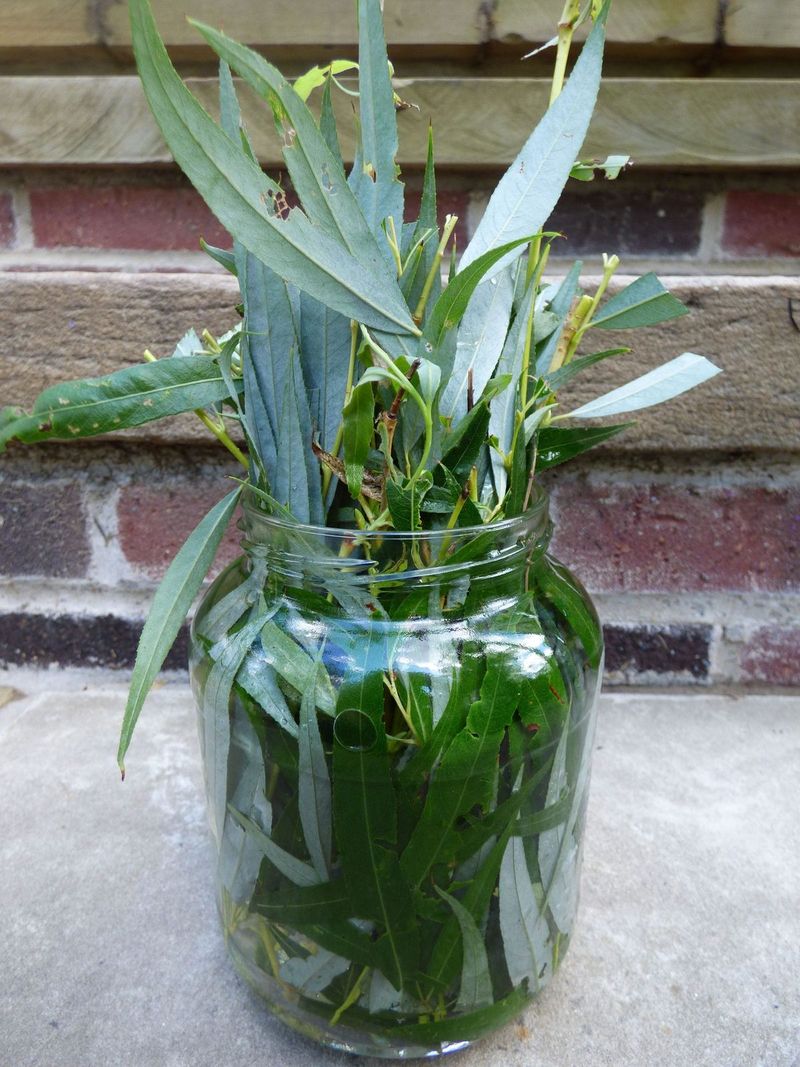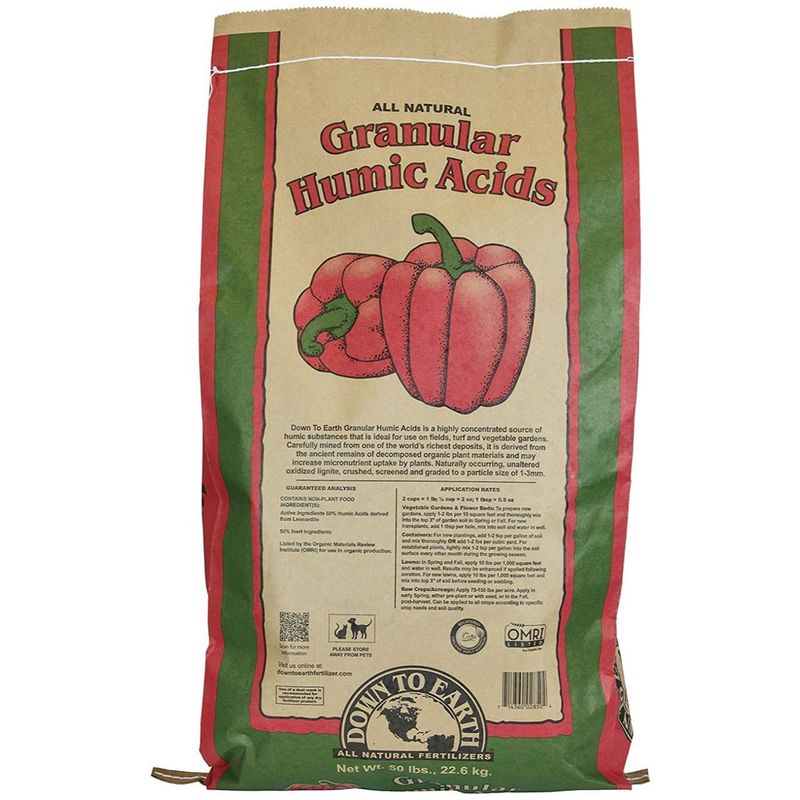When the summer sun turns your garden into an oven, plants can start drooping faster than you can grab the hose. But there’s no need for fancy formulas—a few simple pantry ingredients might be just what your greenery needs to beat the heat.
Natural boosters like diluted seaweed extract, Epsom salts, or even a touch of baking soda can work wonders. They help plants hold moisture, support root growth, and recover from heat stress without breaking the bank or the soil balance.
Just mix thoughtfully—a light dose every couple of weeks is enough to give your plants a boost. With this low-effort trick, your garden can stay vibrant even when the weather goes full sizzle mode.
1. Epsom Salt
Just a tablespoon of Epsom salt per gallon of water works wonders during hot spells. This magnesium-rich mineral strengthens cell walls and helps plants process nutrients more efficiently when under heat stress.
I’ve used this on my peppers during last summer’s brutal heatwave, and they perked up noticeably within hours. The magnesium also promotes chlorophyll production, keeping leaves greener despite the punishing sun.
Apply once weekly during extreme heat for best results. Too much can build up in soil, so don’t overdo it—this isn’t a daily solution.
2. Aloe Vera
Blend two tablespoons of fresh aloe gel with a gallon of water for an instant plant reviver. The natural plant hormones in aloe stimulate root growth and boost your plants’ ability to absorb water during drought conditions.
The gel’s cooling properties translate surprisingly well to soil applications. My container garden struggled until I tried this trick—the difference in my basil plants was remarkable after just two waterings.
For best results, strain the mixture before adding it to your watering can to prevent clogging. This works especially well for potted plants that dry out quickly.
3. Seaweed Extract
Liquid seaweed contains over 60 trace elements and natural growth hormones that dramatically improve heat resilience. Add 2-3 teaspoons per gallon of water and apply during morning hours for maximum benefit.
The cytokinins in seaweed extract help regulate cell division and delay the wilting process even when temperatures climb into the danger zone. Unlike synthetic options, it won’t burn roots even in extreme heat.
After using it on half my vegetable garden as a test, those plants maintained turgor pressure noticeably better than their untreated neighbors. It’s become my go-to during heat advisories.
4. Hydrogen Peroxide
Mix one ounce of 3% hydrogen peroxide with a gallon of water for a surprising oxygen boost. This solution delivers extra oxygen directly to root zones, helping plants breathe better when heat stress has them gasping.
The extra oxygen encourages stronger root development, which means better water uptake during critical hot periods. It also helps fight harmful anaerobic bacteria that thrive in warm, wet conditions.
I was skeptical until trying this on my wilting cucumber plants last August. By evening, their leaves had lifted and they looked remarkably refreshed—as if the temperature had dropped 10 degrees.
5. Molasses
A tablespoon of unsulfured blackstrap molasses per gallon provides instant energy for beneficial soil microbes. These microscopic helpers improve water retention in the root zone exactly when plants need it most.
The complex sugars feed soil life that creates natural pathways for water to penetrate deeper, beyond the quickly-drying surface layer. This means more moisture stays accessible to roots during scorching afternoons. Molasses has saved my flower beds repeatedly during surprise heat spikes.
The plants that received this treatment wilted hours later than others, giving me crucial extra time to implement other cooling strategies.
6. Aspirin
Crushing one uncoated aspirin tablet into your watering can triggers plants’ natural defense systems. This simple pharmacy staple contains salicylic acid, which plants naturally produce when under stress.
By providing this compound externally, you’re essentially giving plants a head start on their own protection mechanisms. The result is improved resilience during temperature extremes and faster recovery from wilting. During our three-day heatwave last summer, I treated half my tomato plants with aspirin water.
The difference was subtle but real—treated plants bounced back faster each evening and produced noticeably more fruit afterward.
7. Coconut Water
Fresh coconut water contains natural cytokinins and other growth factors that help plants manage heat stress. Adding one cup to a gallon of water creates a tropical superfood for struggling plants.
The electrolyte balance closely mimics what plants need during extreme temperatures. The potassium and magnesium content helps maintain cell turgidity even when transpiration rates skyrocket in the heat.
My container herbs received this treatment during last July’s heatwave. While my neighbor’s mint crisp’d up completely, mine stayed remarkably fresh. Use unsweetened, unflavored varieties for best results.
8. Worm Tea
Steeping worm castings in water creates a microbe-rich solution that dramatically improves soil structure. Better soil means better water retention exactly when plants are losing moisture fastest.
The beneficial bacteria and fungi create a living web that holds water molecules in the root zone longer. They also produce natural plant growth hormones that help with stress recovery.
When temperatures hit 95°F last summer, my worm tea-treated beds needed watering only once daily while others required morning and evening soakings. The difference was so striking that I’ve started keeping a dedicated worm bin just for this purpose.
9. Chamomile Tea
Brew a strong batch of chamomile tea, let it cool, and add it to your watering can for natural heat stress relief. The mild antifungal properties help prevent opportunistic diseases that attack heat-weakened plants.
Chamomile contains compounds that strengthen cell walls and improve overall plant immunity. This gentle approach works particularly well for seedlings and young plants that can’t handle stronger solutions.
I started using this after reading an old gardening book, honestly expecting minimal results. To my surprise, my lettuce seedlings survived a week of 90-degree days with this treatment, while previous heatwaves had wiped them out completely.
10. Cinnamon
A half teaspoon of ground cinnamon steeped in warm water creates a surprisingly effective anti-stress solution. After cooling and straining, this spice water helps plants fight off fungal issues that often accompany heat stress.
The natural compounds in cinnamon stimulate root development and improve overall plant vigor. When plants have stronger roots, they can access deeper water sources during drought conditions.
I’ve found this especially helpful for container plants that tend to develop soil fungus in hot, humid weather. The cinnamon doesn’t eliminate the need for water, but it does help plants make better use of what they receive.
11. Banana Peel Water
Soaking banana peels overnight creates potassium-rich water that strengthens plant stems and improves water movement within tissues. Strain before using to prevent fruit flies in your garden.
The natural potassium helps regulate the opening and closing of stomata—the tiny pores plants use to breathe and release moisture. Better regulation means less water loss during peak heat.
After watching my hostas collapse every afternoon during a heatwave, I tried this solution out of desperation. The improvement wasn’t immediate but by the third day, they remained upright even at 3 PM when sun exposure was highest.
12. Fulvic Acid
A few drops of liquid fulvic acid supplement transforms ordinary water into a super-hydrator. This natural compound increases the permeability of plant cell membranes, allowing water to enter more efficiently during stress periods.
Unlike some additives that work primarily in the soil, fulvic acid works directly on the plant tissues themselves. This means immediate relief rather than waiting for soil conditions to improve.
When my prized dahlias started showing heat stress last summer, fulvic acid solution perked them up within hours. While not the cheapest option on this list, it’s possibly the fastest-acting for severe wilting.
13. Rice Water
The cloudy water left from rinsing rice contains starch, B vitamins, and minerals that fortify plants against heat stress. Save this kitchen byproduct and dilute it 1:1 with fresh water before applying.
The starch compounds help soil retain moisture longer, while the nutrients provide gentle feeding that doesn’t stress plants further. This works particularly well for acid-loving plants during hot weather.
I’ve been using rice water on my container blueberries for three summers now. They used to drop berries during heat spells, but now maintain fruit production even during the hottest weeks—a noticeable improvement from previous years.
14. Willow Water
Steeping young willow branches creates water rich in natural rooting hormones and salicylic acid. These compounds help plants develop stronger, more extensive root systems that can access deeper water during drought.
The natural growth regulators in willow stimulate lateral root development, increasing the plant’s ability to absorb water from a wider soil area. This creates more drought-resistant plants over time. My neighbor’s willow tree provides branches for this preparation each spring.
The vegetable seedlings I’ve treated with this solution consistently outperform untreated ones during summer heat—their deeper roots make all the difference.
15. Humic Acid
A teaspoon of humic acid concentrate per gallon transforms your watering can into a soil-enhancing powerhouse. This ancient organic material dramatically improves how soil particles hold and release water to plant roots.
The complex carbon molecules create microsites in soil where water clings longer, remaining available to plants hours after the surface appears dry. It also helps nutrients stay accessible rather than washing away.
I started using this on my sandy soil three years ago. The difference is remarkable—plants now wilt hours later than they used to during identical heat conditions, giving me crucial extra time to provide relief watering.

